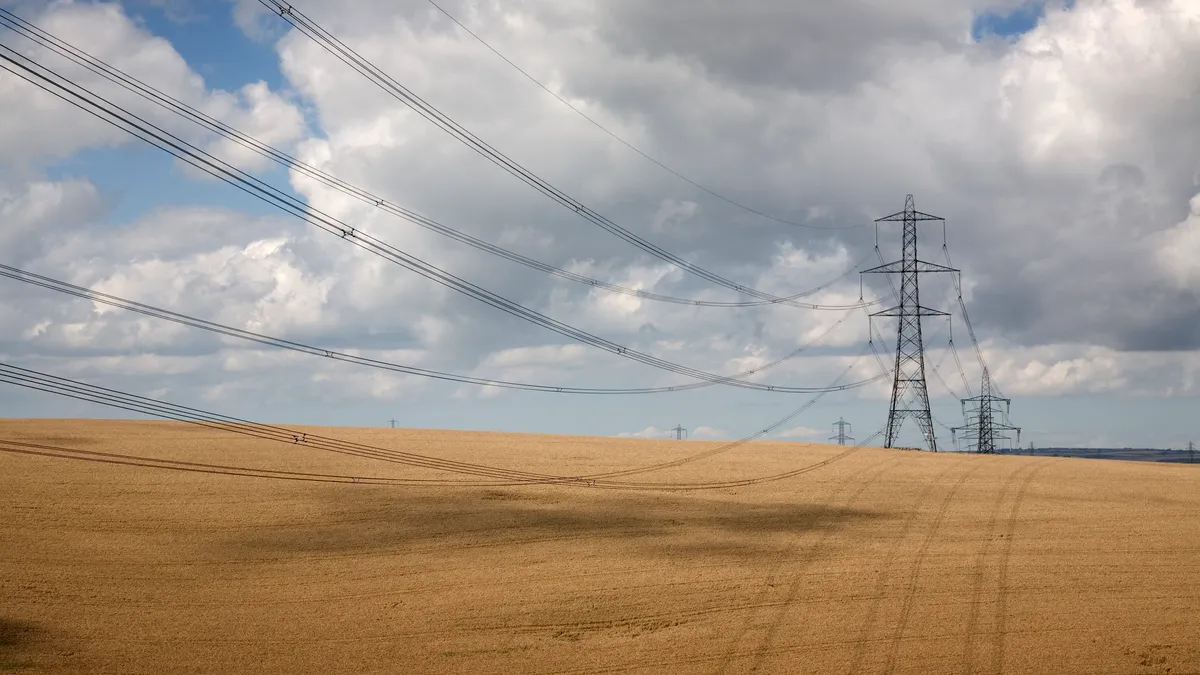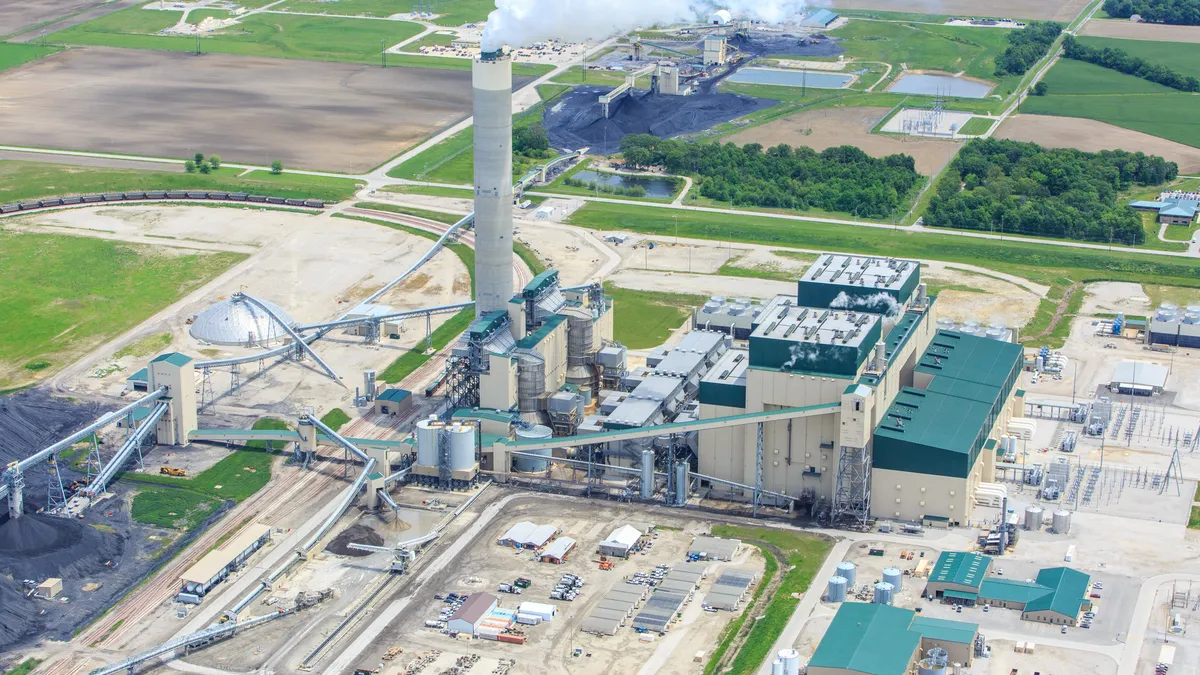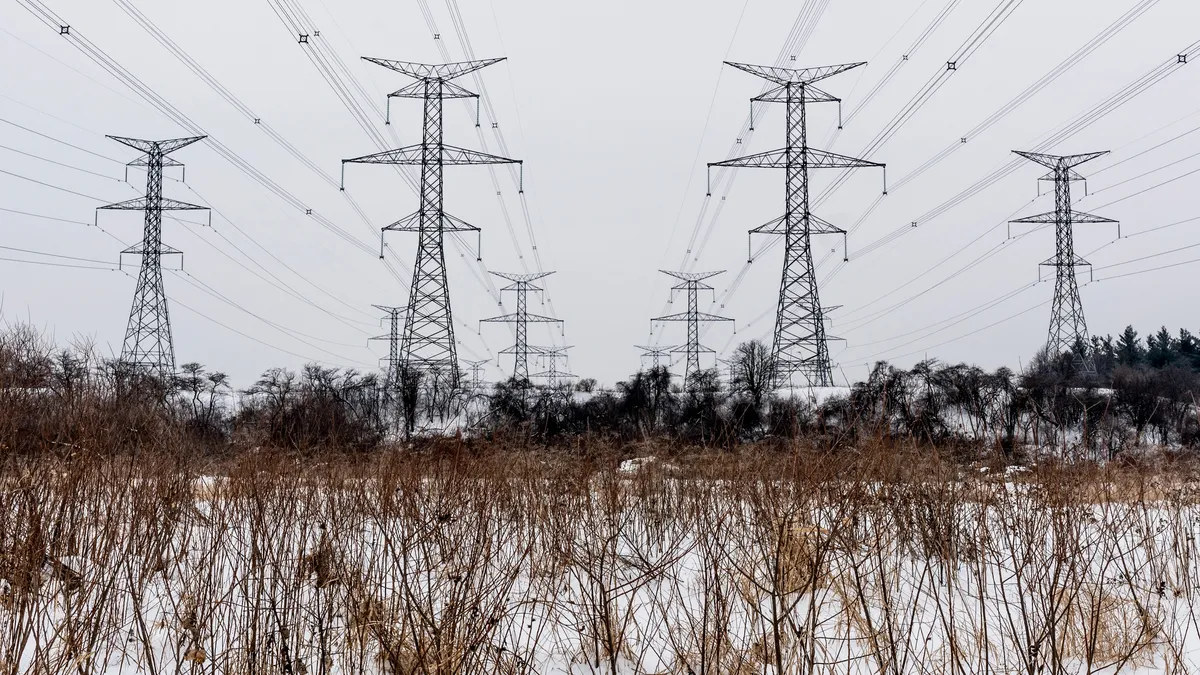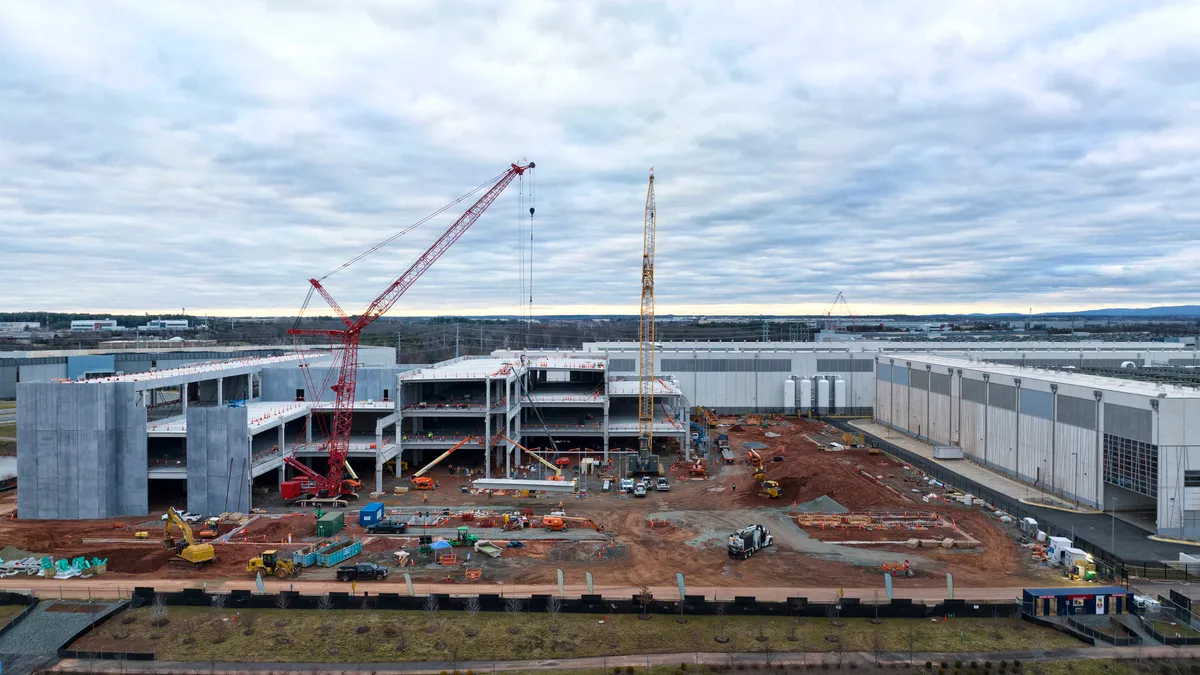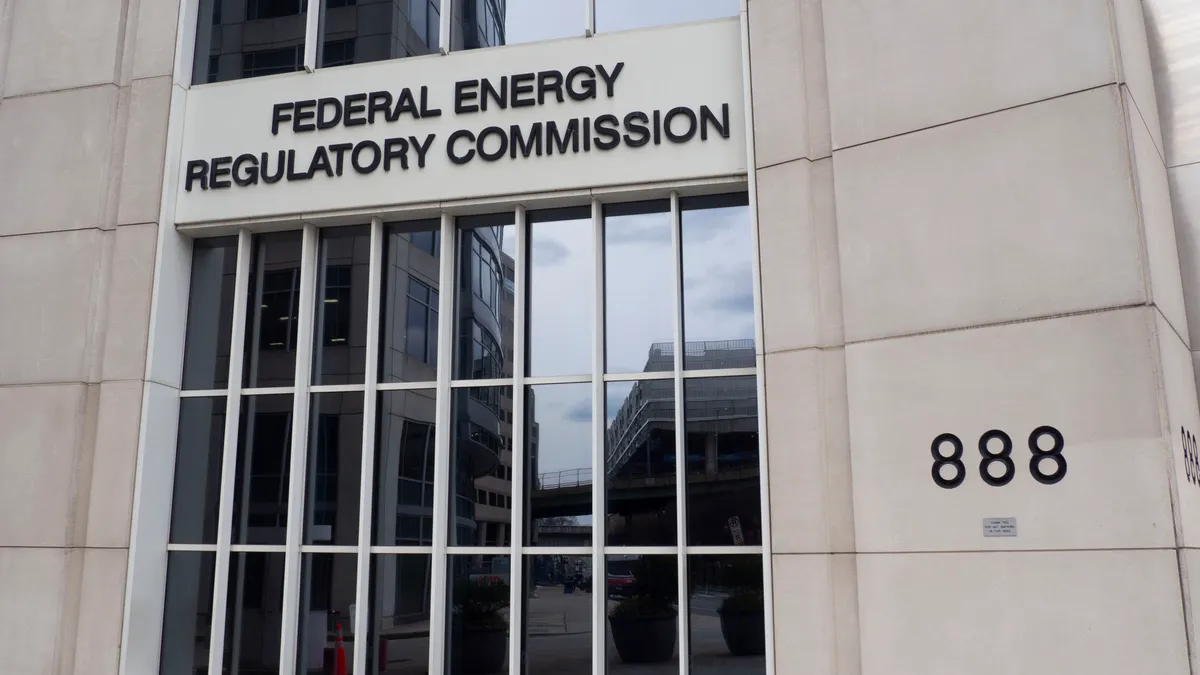Amy Akers is a senior counsel at Clark Hill.
Throughout the last five years the Federal Energy Regulatory Commission has made significant efforts to increase power supply while managing the consumer price tag through transmission reform.
Beginning in June 2021, under docket RM21-17, FERC invited public comment on three specific topics (1) reforms for longer-term regional transmission planning and cost-allocation processes that take into account anticipated future generation, (2) rethinking cost responsibility for regional transmission facilities and interconnection-related network upgrades, and (3) enhanced transmission oversight over how new transmission facilities are identified and paid for.
In April 2022, after resounding industry support, in the same docket, FERC issued a Notice of Proposed Rulemaking regarding the resiliency and reliability of the electric grid through regional transmission planning and cost allocation, and generator interconnection.
However, motivated by the excessive interconnection queue in 2022 of over 2,000 GW of potential generation and storage capacity across the nation represented by over 10,000 active interconnection requests, FERC issued a NOPR in June 2022 under docket RM22-14 on the single question of reforming and streamlining generation interconnection processes and procedures.
FERC approves transmission, interconnection reforms
Maintaining its momentum of reducing the interconnection backlog, FERC issued Order 2023 in July 2023, which among other requirements, ensures interconnection access to new technologies.
Nearly a year later, in May 2024, under docket RM21-17, FERC issued Order 1920 requiring transmission providers to conduct long-term planning over a 20-year horizon for future regional transmission facilities including the cost-effective expansion of transmission being replaced and determining how it will all be paid for.
As is common practice, FERC issued rehearing orders for Orders 2023 and 1920 respectively titling them 2023-A and 1920-A, each largely providing clarifications to the original orders.
New initiatives
Continuing its effort to improve grid efficiency, FERC issued an advance NOPR in June to implement dynamic line ratings under docket RM24-6. The goal of the rule is to safely maximize the capacity of electrical current that a transmission line can carry using technology to monitor and adjust the ratings in-real-time. And most recently, in September, FERC announced a NOPR aimed at addressing supply chain vulnerabilities for critical electric infrastructure. Among the proposed rules in the latest NOPR are enhanced vendor evaluation requirements and cyber protection assurances.
The latest action
In January and February this year, FERC heard and approved various reliability and cost efficiency measures for transmission grid systems across the United States.
Located in the northeastern part of the country, the Pennsylvania-New Jersey-Maryland Interconnection (PJM) regional transmission organization is the largest electric grid in the U.S. and due to a backlog in its interconnection queue, its grid faced potential power shortages and increasing transmission costs. In an effort to alleviate these strains on the PJM grid, FERC approved changes to PJM’s transmission interconnection rules allowing “shovel ready” generation projects to advance in PJM’s queue.
Additionally, FERC approved a temporary interconnection queue cap for the Midcontinent Independent System Operator grid which oversees more states than any other grid in the United States. Facing similar backlogs in their transmission interconnection queue, the MISO queue cap is intended to increase efficiency in the MISO interconnection process and will be reviewed in three years.
Further, in an effort to reduce consumer costs and improve reliability, FERC approved market pricing reforms creating day-ahead and real-time markets for the Southwest Power Pool and California Independent System Operator grid markets.
Already successful in the Electric Reliability Council of Texas, MISO and PJM markets, these approvals will modernize transmission pricing for millions of consumers. Pending transmission facility studies required to determine facility capabilities, the market pricing reforms will not be active until mid-year 2027.
As these changes begin to take effect, the transmission market will ideally become more cost efficient leading to increased reliability in the transmission grid. While cost efficiencies will likely be realized sooner than reliability improvements, the positive impacts for consumers will be cyclical and as more reliability is achieved so will more cost efficiencies be realized and so on so long as the intent is maintained.


